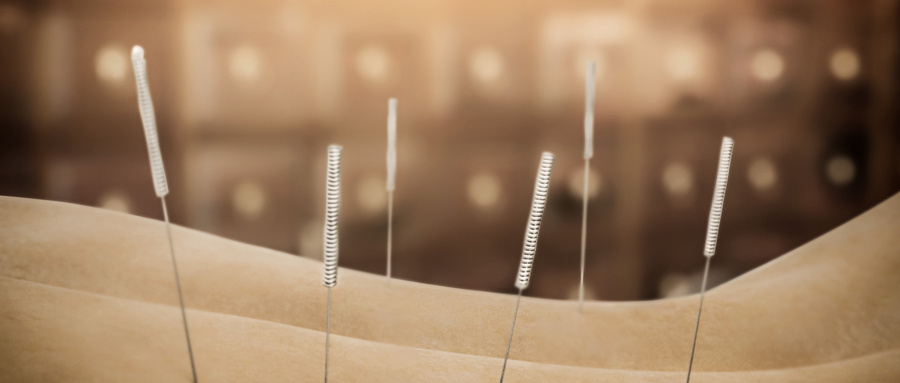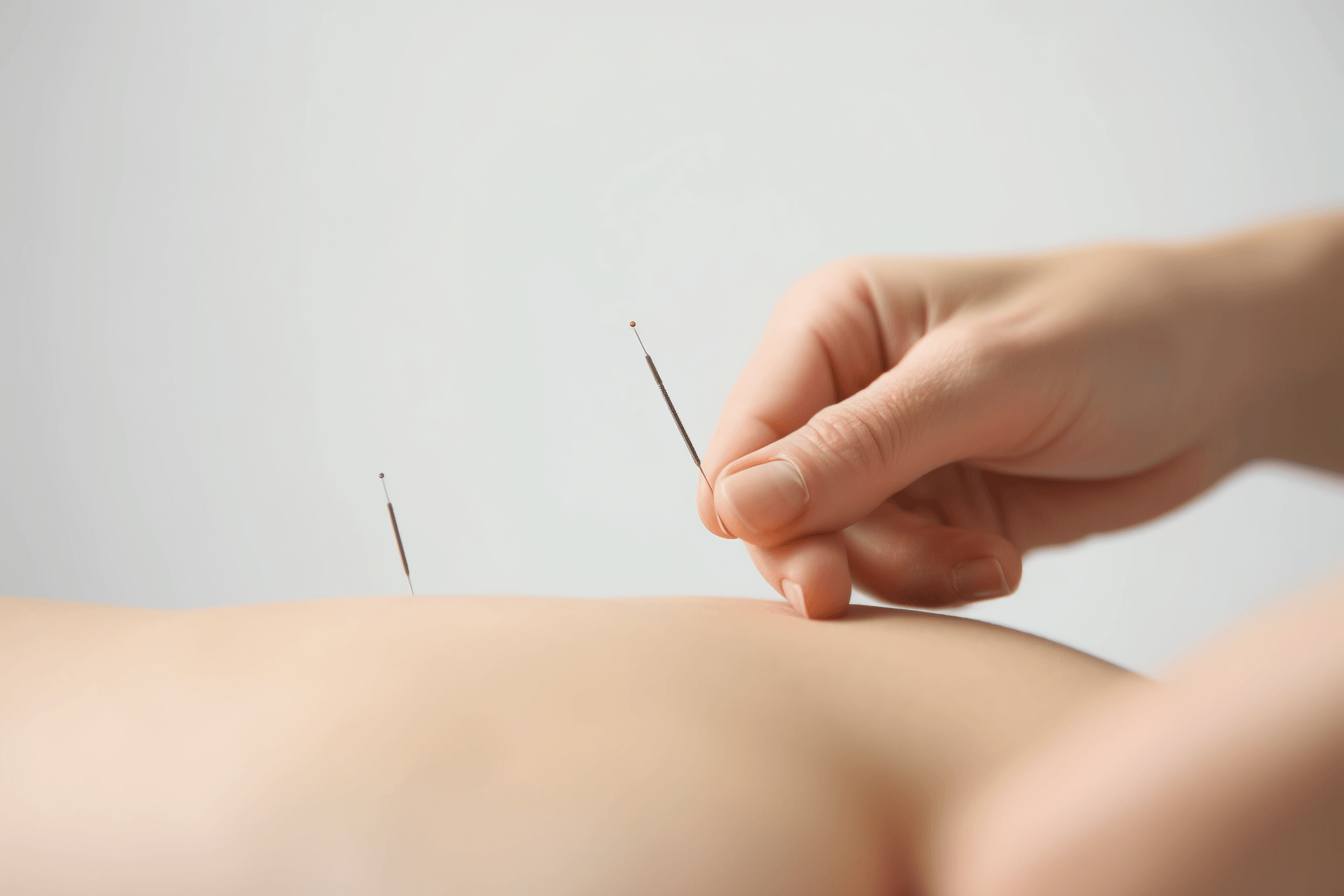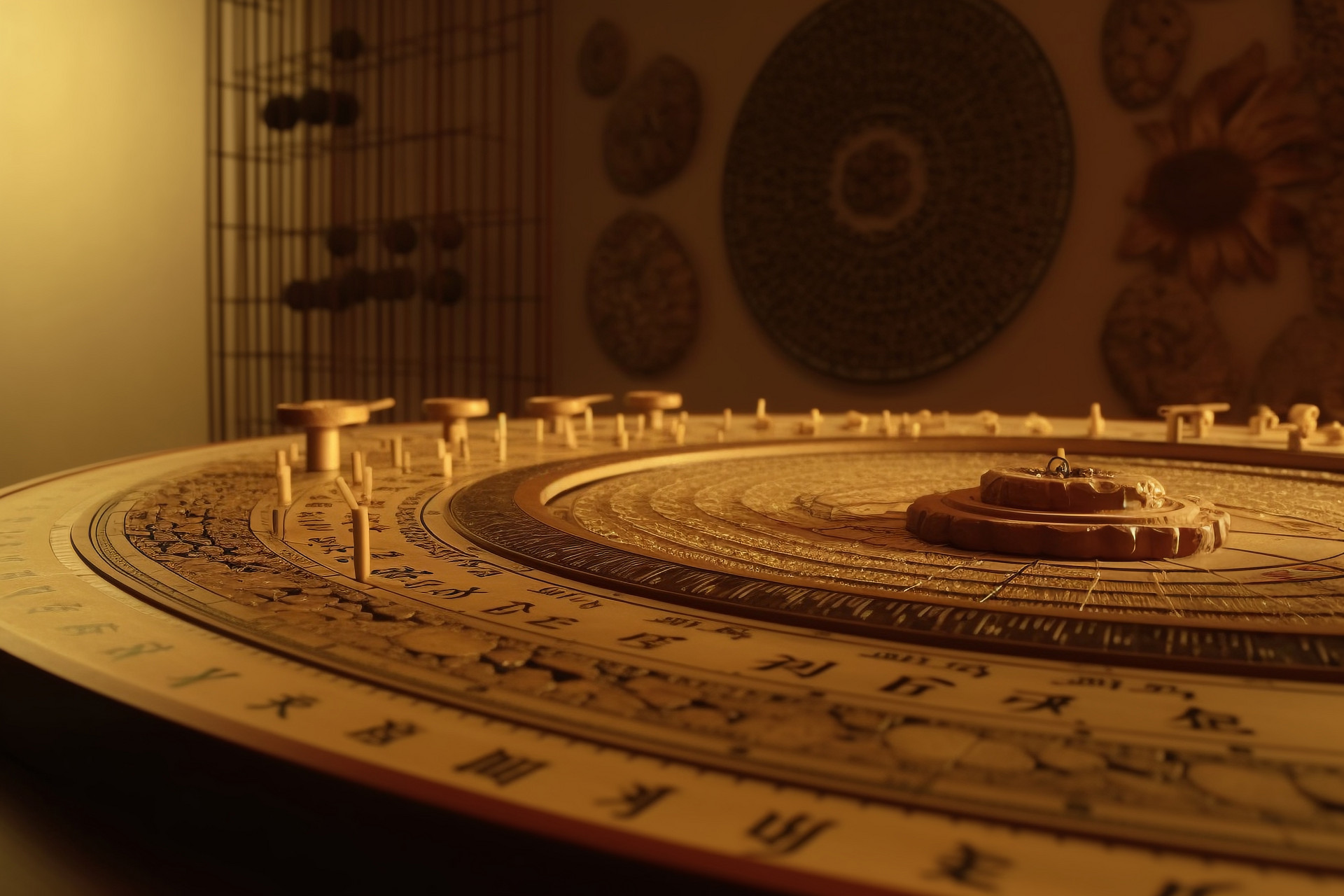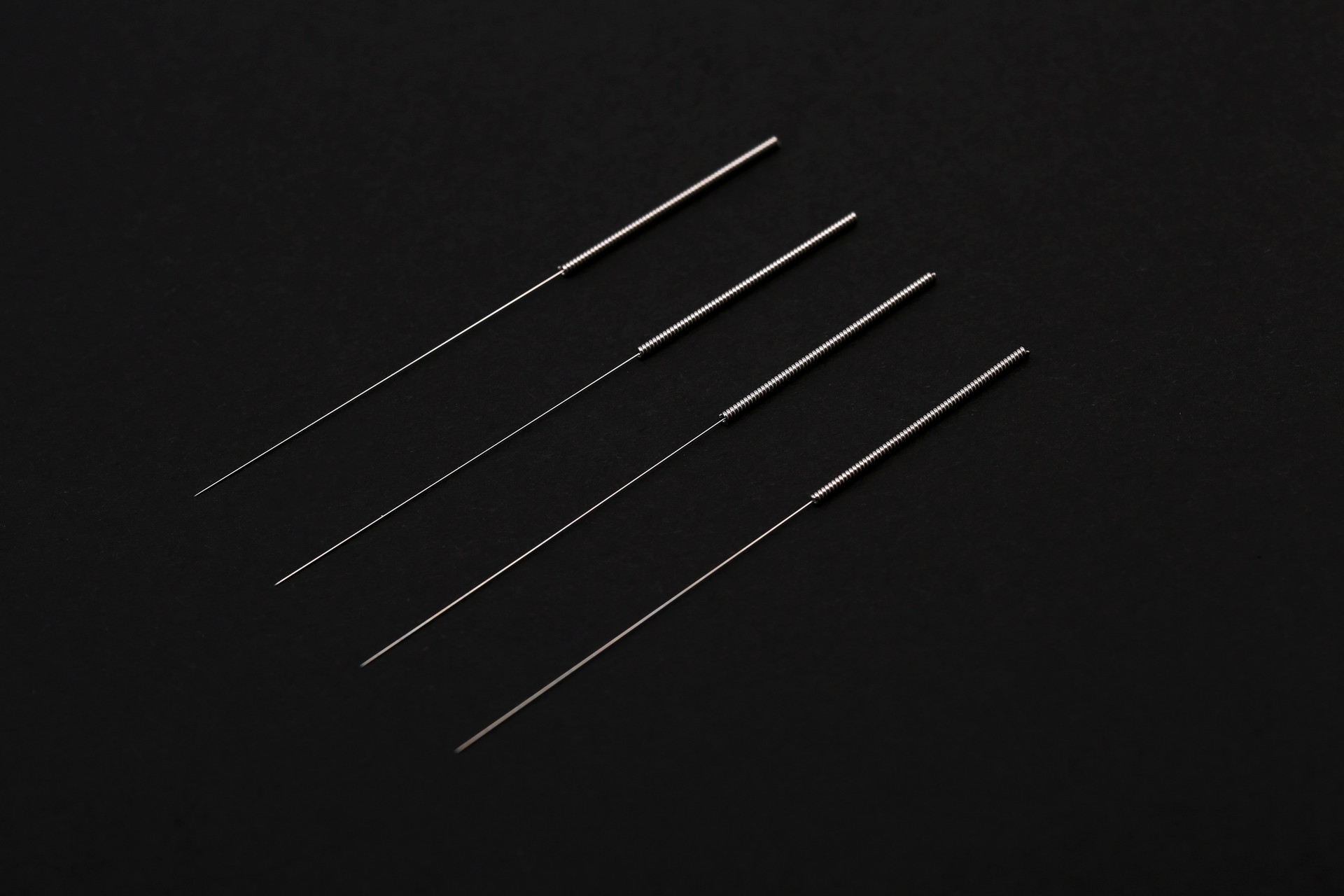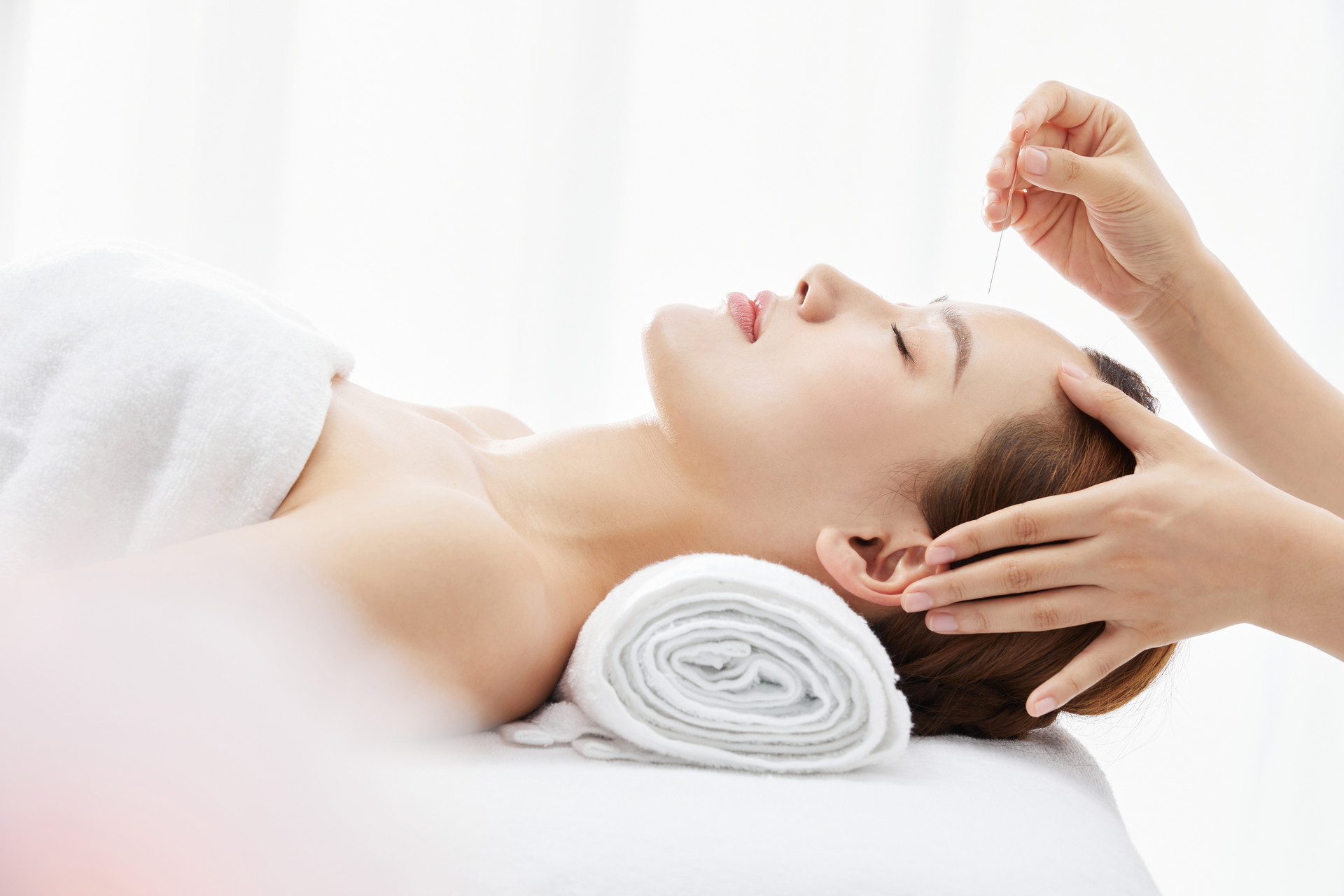For many people nowadays, acupuncture has become a common practice. Acupuncture is not unfamiliar to everyone. It is very beneficial for the body's health and can not only adjust the body's health but also unblock certain acupoints in the body. Therefore, acupuncture is very beneficial for the body.
Generally speaking, many acupuncture places are not very formal, so if you want to achieve the desired health effects in your daily life, you must choose a formal acupuncture place, so that you can better achieve the expected results. So what are the benefits of acupuncture?
Contents
1. Introduction to Acupuncture
2. Main therapeutic effects of acupuncture
3. Can acupuncture help with weight loss?
4. How does acupuncture treat sequelae of stroke?
5. Can acupuncture treat cervical spondylosis?
6. Pharmacological principles of acupuncture
7. Methods of treating myopia with acupuncture
8. How to treat winter nosebleeds with acupuncture
9. Methods of treating myocardial infarction with acupuncture
10. Can acupuncture treat stiff neck?
11. How to treat hyperlipidemia with acupuncture
12. How does acupuncture treat female menstrual disorders
13. Precautions for acupuncture
Introduction to Acupuncture
Acupuncture is a unique Chinese method of treating diseases. It is a medical technique of "treating internal diseases externally". It treats systemic diseases by using the conduction effects of meridians and acupoints, as well as specific techniques.
In clinical practice, after diagnosing the cause of the disease according to the diagnostic methods of traditional Chinese medicine, identifying the key points, distinguishing the nature of the disease, and determining which meridian or organ the disease belongs to, as well as whether it belongs to the exterior or interior, cold or heat, deficiency or excess, a diagnosis is made. Then, an appropriate acupoint prescription is used for treatment.
By regulating the meridians, adjusting qi and blood, and balancing yin and yang, as well as harmonizing the functions of organs, the goal of preventing diseases can be achieved. Acupuncture therapy is part of the heritage of traditional Chinese medicine and a unique ethnic medical method in China. It has made remarkable contributions to safeguarding health and propagating the nation for thousands of years, and it is still trusted by the general public today.
Acupuncture is the insertion of needles (usually fine needles) into specific points of the body, guided by the theories of traditional Chinese medicine, and using techniques such as twisting and lifting to stimulate specific areas of the body to achieve the purpose of treating diseases. The points that are pierced are called acupoints, or simply acupoints.
According to the statistics of the new acupuncture textbooks, there are a total of 361 acupoints in the human body. Moxibustion is a method of preventing and treating diseases by burning and fumigating specific acupoints on the surface of the body using pre-made moxa sticks or moxa grass to stimulate the body with heat.
Artemisia vulgaris is commonly used, so it is called moxibustion. There are also methods such as separated medicine moxibustion, willow twig moxibustion, candle wick moxibustion, and mulberry twig moxibustion. Nowadays, the most commonly used in people's daily lives is moxibustion with moxa sticks.
Acupuncture consists of "needle" and "moxibustion" and is an important part of Eastern medicine.
Its content includes acupuncture theory, acupoints, acupuncture techniques, and related instruments. In the process of formation, application, and development, it has distinct Han ethnic cultural and regional characteristics. It is a precious heritage based on Han ethnic culture and scientific tradition.


